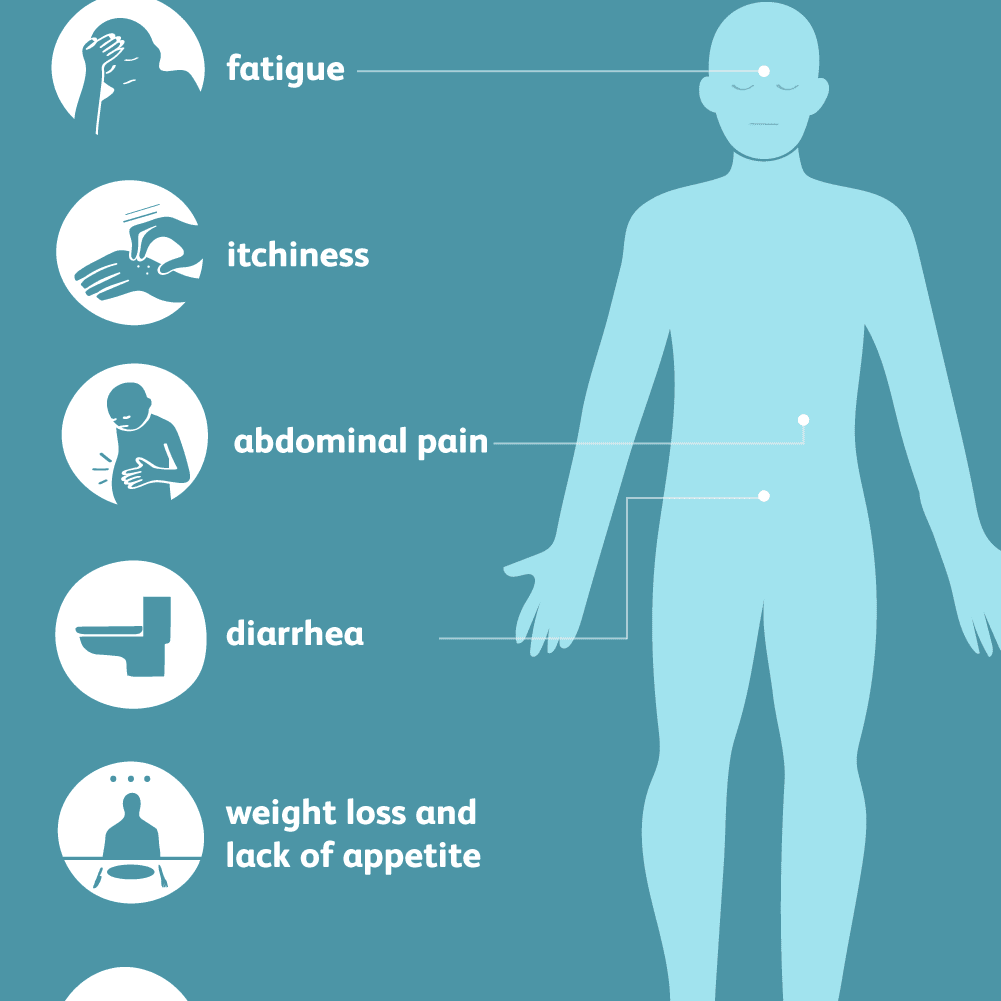Hookworm Infection: Symptoms, Causes, Transmission, Treatments for a Common Diseases in India
 |
| Hookworm symptoms. Photo: VeryWell Health |
People living in areas with warm and moist climates and where sanitation and hygiene are poor are at risk for hookworm infection if they walk barefoot or in other ways allow their skin to have direct contact with contaminated soil. Soil is contaminated by an infected person defecating outside or when human feces (“night soil”) are used as fertilizer. Children who play in contaminated soil may also be at risk.
Hookworm Infection Symptoms
Diarrhea sometimes starts as the worms mature in your intestines and before eggs appear in the stool, particularly if you have never been infected by hookworms. During this stage of the disease, you may have other symptoms, such as barely noticeable abdominal pain, intestinal cramps, colic, and nausea.
Scientists have learned that people in good health and on a diet containing adequate amounts of iron can tolerate the presence of these worms in small or moderate numbers without any symptoms.
In chronic (lasting a long time) hookworm infections, if the number of parasites becomes great enough, you can develop serious anemia (low red blood cell count). This is due to blood loss from the worms attaching themselves to the intestines and sucking the blood and tissue juices. When this situation is combined with poor nutrition, pregnancy, or malaria, the anemia can be severe, according to Cleveland Clinic.
Causes of Hookworm Infection
Parasitic hookworms cause these infections. The two major types of hookworms that cause infection are Necator americanus and Ancylostoma duodenale.
The eggs of these hookworms end up on the ground after passing through human feces. They hatch into larvae, which stay in the soil until they have a chance to break through human skin, as Healthline cited.
Transmission of Hookworm Infection
Hookworm can spread when a person who has the infection defecates in the soil or when people use human feces on soil as a fertilizer.
If eggs are present in the feces, they can hatch after 1 to 2 days under the right conditions.
After hatching, the larvae can survive for 3 to 4 weeks in the soil, according to the Merck Manuals. They take 5 to 10 days to mature in the soil.
When a person comes into contact with this soil, hookworm larvae can pass through their skin.
This can happen if the person:
- walks barefoot on soil that contains the larvae
- swallows soil particles, for example on unwashed salad leaves
After entering the body, the hookworm larvae make their way into the body’s bloodstream and lymphatic vessels. These systems carry the larvae to the lungs. From there, the person can cough them up and swallow them.
If a person digests mature hookworms, the worms attach to the small intestine and gain nutrients through human blood. In some cases, the person may develop anemia as they lose blood to the hookworms. Worms may live for over 2 years, as reported by Medical News Today.
Mating also occurs in the small intestine. From here, thousands of eggs can enter the human feces.
Hookworms cannot pass to another individual through personal contact. Infection can only happen when the eggs mature into larvae in soil.
Hookworm Infection Treatments
In developing countries, groups at higher risk for soil-transmitted helminth infections (hookworm, Ascaris, and whipworm) are often treated without a prior stool examination. Treating in this way is called preventive treatment (or “preventive chemotherapy”). The high-risk groups identified by the World Health Organization are preschool and school-age children, women of childbearing age (including pregnant women in the 2nd and 3rd trimesters and lactating women) and adults in occupations where there is a high risk of heavy infections. School-age children are often treated through school-health programs and preschool children and pregnant women at visits to health clinics, as CDC reported.
Hookworm Infection Prevention
Some preventive measures can help a person avoid contracting a hookworm infection.
These include:
- wearing shoes, especially in soiled areas with a high risk of contamination
- using a barrier to prevent the skin from touching the soil when sitting on the ground
- avoiding consuming soil or unwashed foods that may be contaminated with hookworm
- not passing stool in the soil or outdoors
- not using fertilizer made from human feces
- covering children’s sandboxes
- taking safety precautions, such as wearing gloves and shoes when gardening
- treating pet dogs and cats for hookworm
The risk of hookworm is low in the U.S., but people should take care when travelling to holiday destinations where it is common.
Hookworm Infection in IndiaIn India, the hookworm prevalence is estimated to be 71 million cases and A. lumbricoides contributes 140 million and T. trichiura 73 million cases. In India, the maximum prevalence is seen in Karnataka (47%) followed by Andhra Pradesh (40%). The prevalence rate in Tamil Nadu is 3.2% whereas in Puducherry, it is 4.8%. A study done in Vizianagaram, Andhra Pradesh, showed 55.6% STH prevalence and the most common parasite was Entamoeba (37.7%) followed by hookworm (8.7%) and the most common age group affected is 8–10 years. Another study in Andhra Pradesh also showed similar prevalence (49%). A recent survey done in Vellore also showed a similar prevalence rate for hookworm (8.4%). In Karaikal region of Puducherry, the overall prevalence of parasitic infection is found to be 30%, of which 35% was due to hookworm. The overall prevalence of parasitic diseases in Puducherry in 1998 was 67% in slum children aged 1–10 years. In 1987, a hospital-based study done in Puducherry showed the overall parasitic prevalence was 38%. Of these, hookworm constitutes 44% followed by T. trichiura, 26% and A. lumbricoides, 22%, according to Tropical Parasitology. |
 New Policy in India: The Reason Why Take Home Salary Likely to Cut Down Under New Rule in April 2021 New Policy in India: The Reason Why Take Home Salary Likely to Cut Down Under New Rule in April 2021 New compensation rules as a part of Code on Wages 2021 in India stipulates that the allowance component cannot exceed 50 percent of the total ... |
 5 Dishes for a New Year’s Eve Indian Feast 5 Dishes for a New Year’s Eve Indian Feast New Year’s Eve parties may be the king of all parties. Whatever you might have done over the course of the year will probably be ... |
 Facts about Cold Moon - Last Full Moon of the Year: Date, Timings, All you need to Know Facts about Cold Moon - Last Full Moon of the Year: Date, Timings, All you need to Know The upcoming lunar event Last Full Moon or also known as the Cold Moon, which is the highest full moon of 2020, last full moon ... |


























